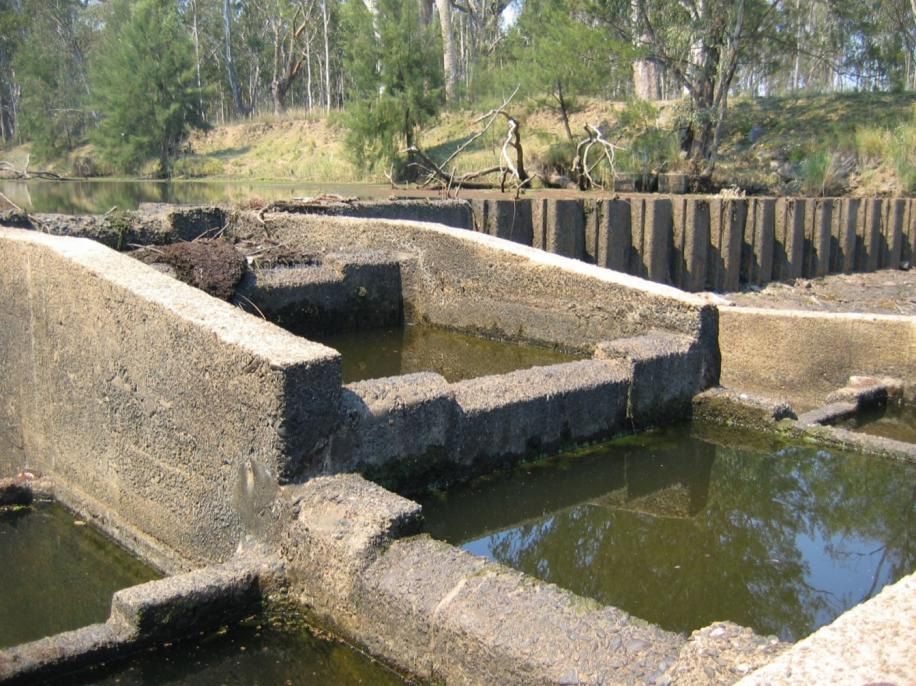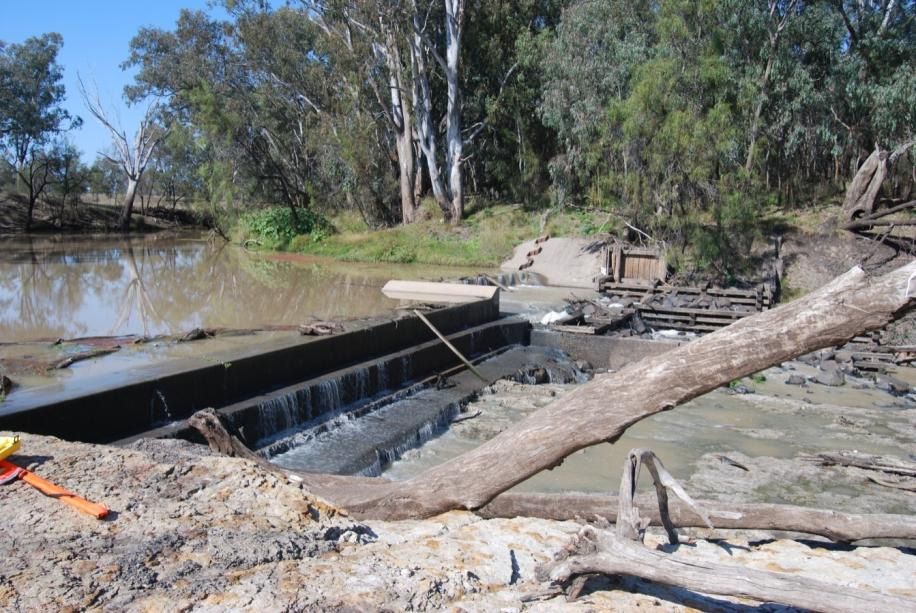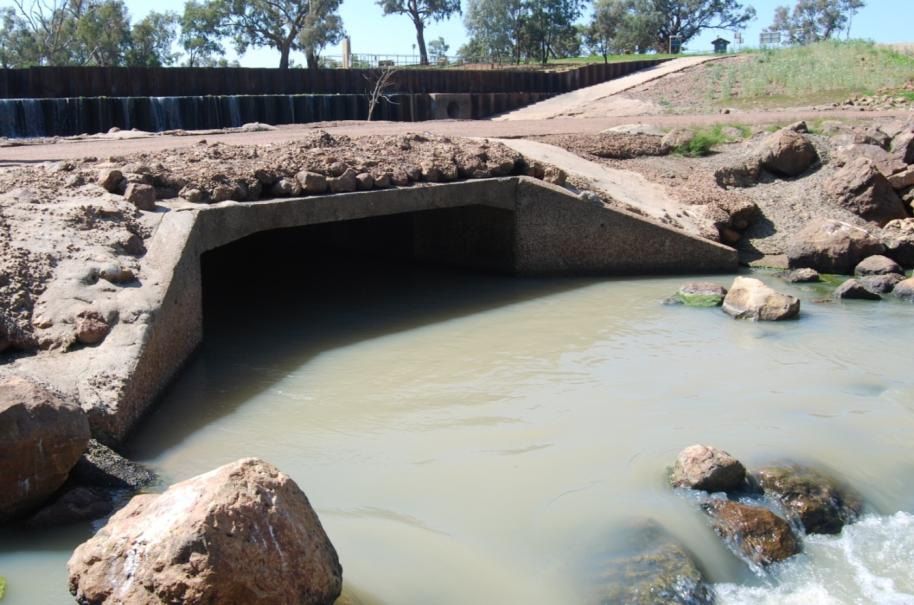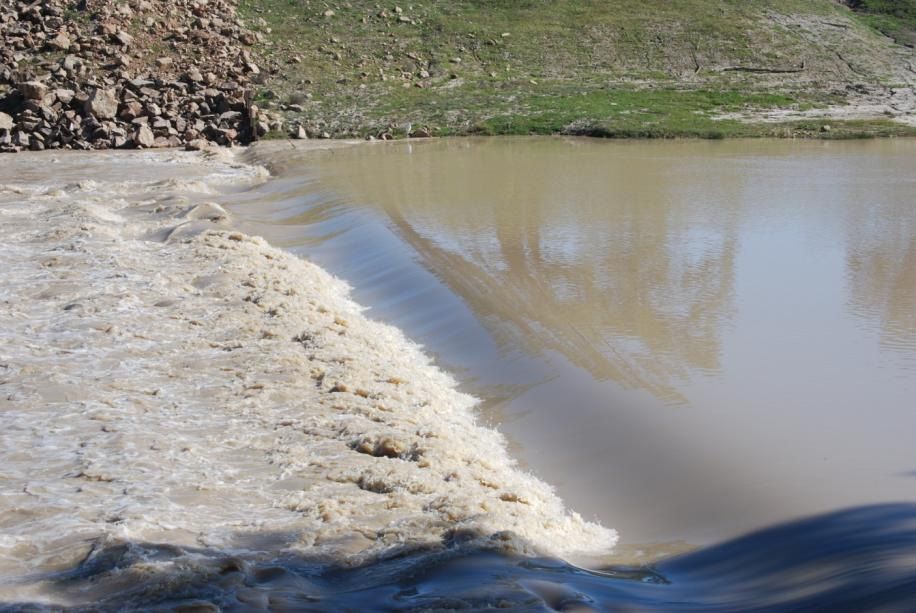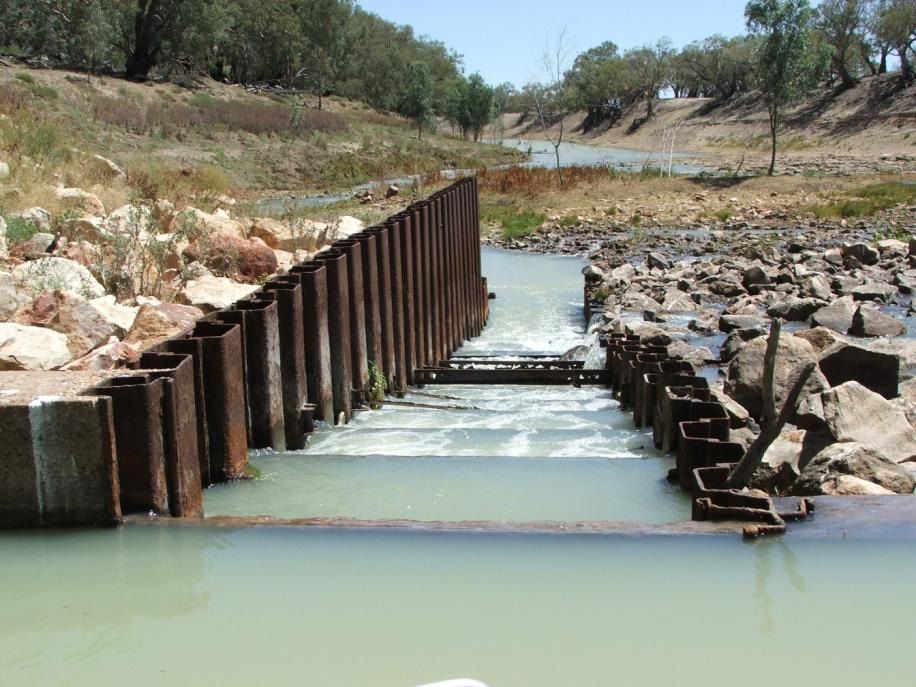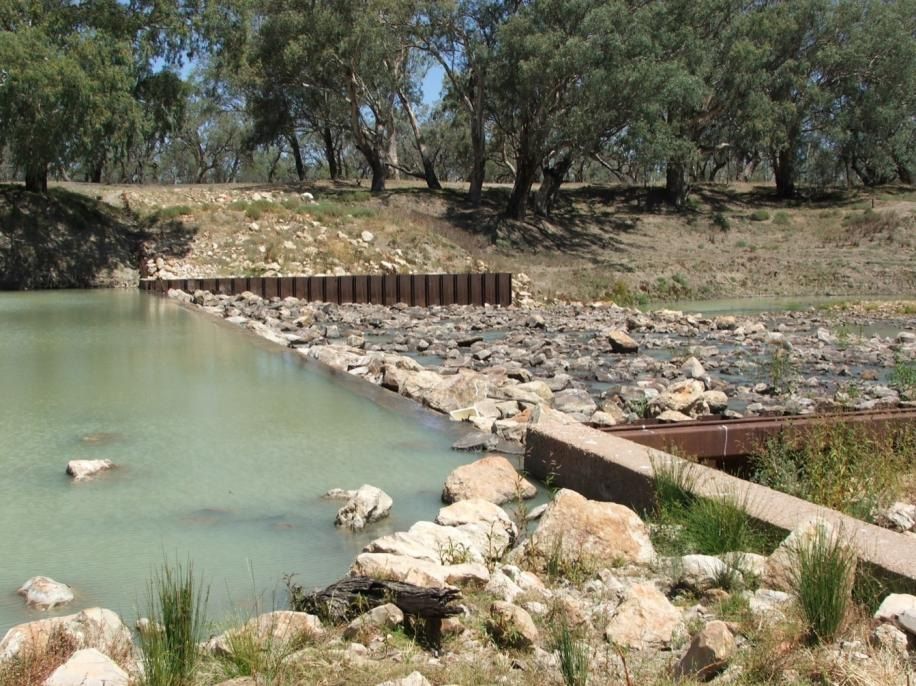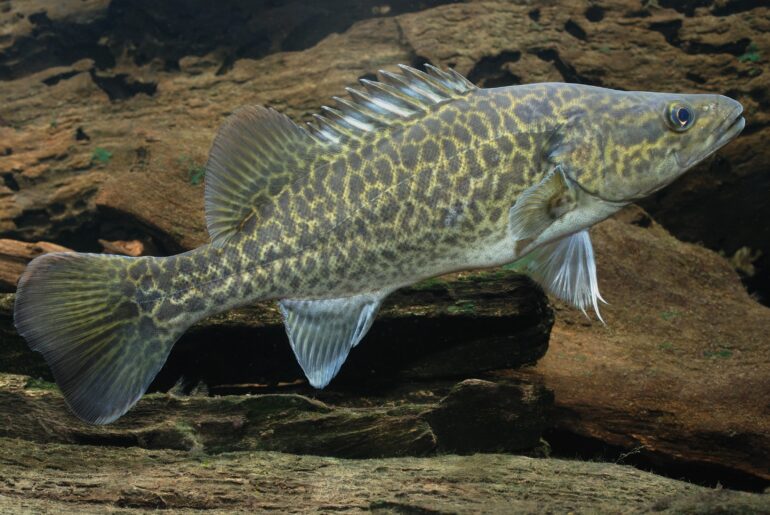This project investigated barriers to fish migration in rivers in the Darling region of the Basin, and has provided an assessment of the composition and migratory requirements of the fish fauna in the Northern Basin. The work included an analysis of available options for fish passage, as well as justification for the preferred options in terms of the ecological, hydraulic and technical design constraints associated with each weir.
Findings:
The project identified that there are two feasible approaches to rehabilitating fish passage in the northern Basin:
- provide fish passage at the top 11 priority structures to reinstate 2,086 km of river channel. The total cost was estimated at $14.56 m; or,
- provide a strategic, holistic, program re-establishing broad-scale river connectivity of over 3,242 km. The total cost was estimated to be approximately $70 m.
The key features that make a fish passage program feasible in this area are:
- the main-stem barriers are not numerous (42 for a broad-scale program reinstating over 3,200 km of river).
- most of the barriers are low-level weirs between 1.5 m and 4.5 m high, with the exception of only eight structures.
- most of the sites are relatively easy to work with.
Key messages:
The project has provided a clear direction for strategic improvement of fish passage in the Darling system to reduce fragmentation of fish populations. Fishway concepts were specifically designed to suit the fish assemblage and semi-arid ecology of the northern Basin, and considered the feasibility of construction, materials, regional context, maintenance and ownership.
Full report here: Nichols S, Berghuis A, Lay C, Mallen-Cooper M. (2011). Fishway Options for Weirs of the Northern Murray-Darling Basin. Report prepared for the Murray-Darling Basin Authority.

